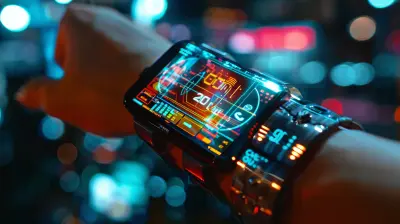How Autonomous Vehicles Could Revolutionize Road Safety for Cyclists
3 August 2025
Have you ever hopped on your bike, feeling the wind in your hair and the freedom of the open road… only to be nearly sideswiped by a careless driver? Yeah, us too. Riding a bicycle should feel exhilarating, not like bracing for your life at every intersection. But with the rise of autonomous vehicles (AVs), the game might be changing—for the better.
Welcome to a future where your morning bike ride could actually be safer than ever. Let’s dive into how autonomous vehicles could revolutionize road safety for cyclists, and why you should be excited about what’s rolling onto the streets.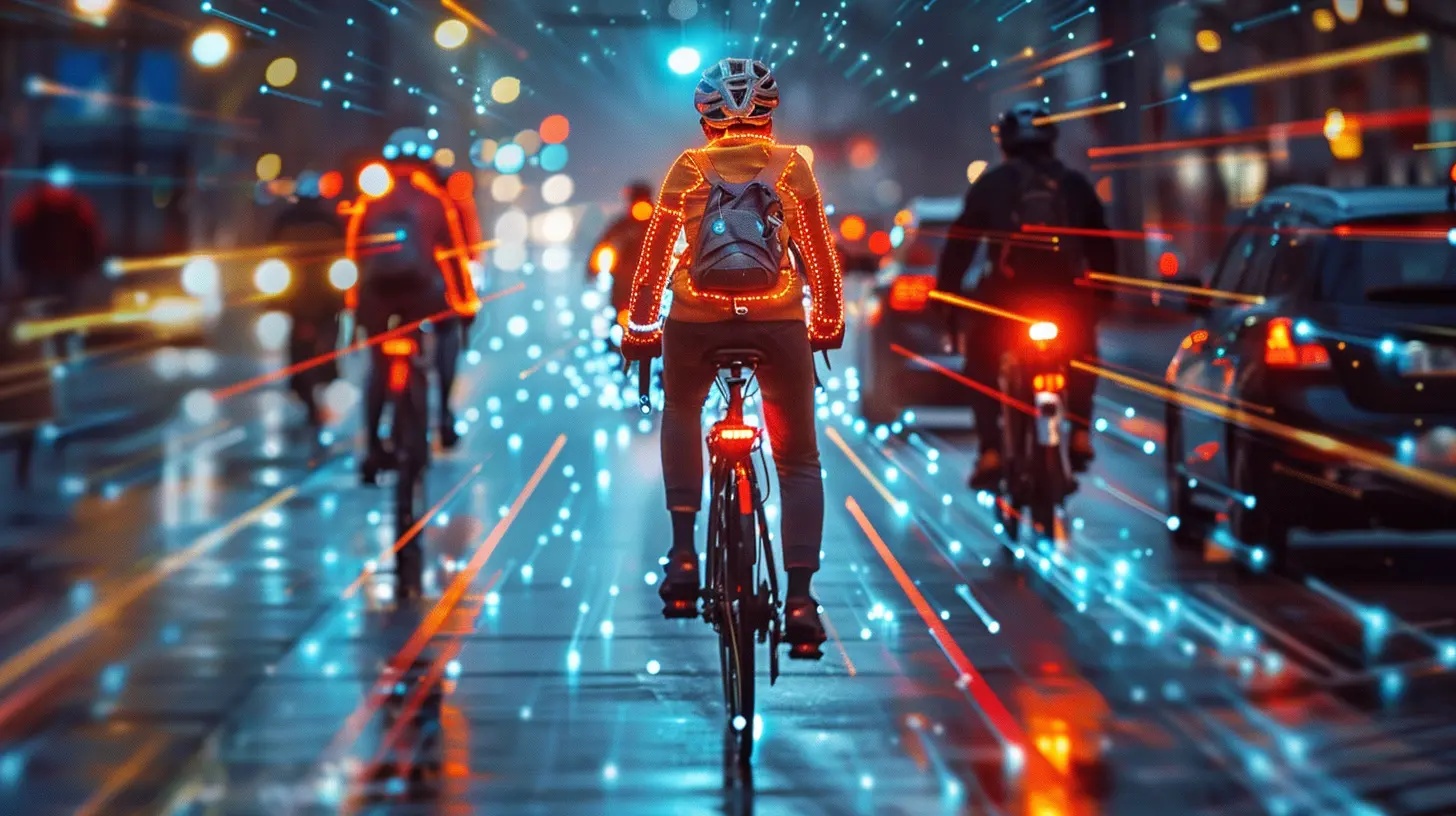
The Current State: Cyclists Are Vulnerable
Let’s face it—our roads weren’t exactly designed with cyclists in mind. Sure, you've got painted bike lanes and the occasional "Share the Road" sign, but when you're up against a two-ton metal machine driven by a distracted human? It’s not exactly a fair fight.According to the World Health Organization, cyclists make up a significant portion of road traffic fatalities worldwide. In many urban areas, close calls are an everyday occurrence. And the causes? Distracted driving, blind spots, aggressive behavior, and even a simple failure to notice a cyclist until it’s too late.
So what if we took the inconsistency of human drivers out of the equation?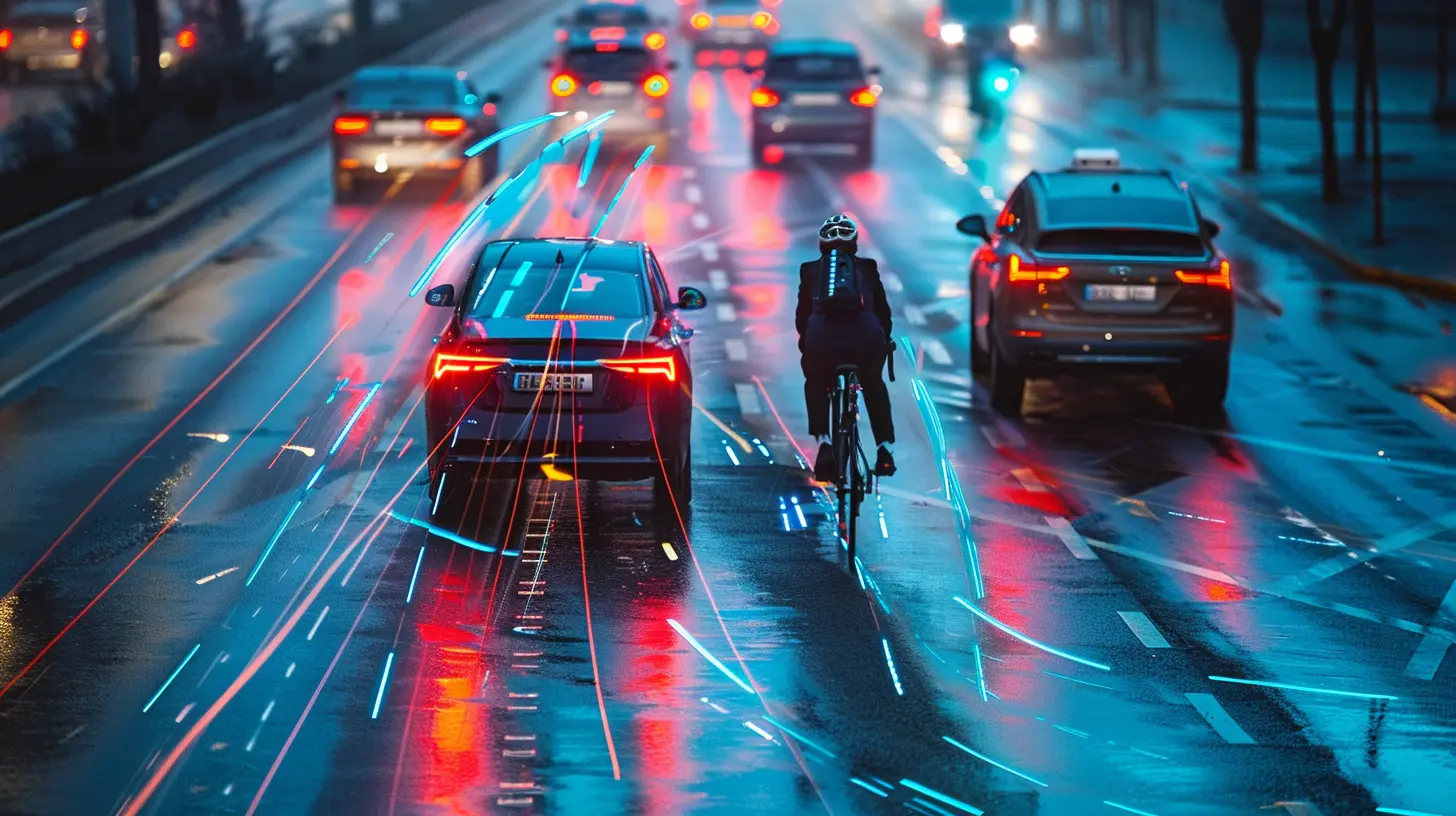
Enter Autonomous Vehicles: The Tech That Sees All
Autonomous vehicles don’t text and drive. They don’t get road rage. They don’t have blind spots, and they certainly don’t get distracted by their Starbucks order. AVs are designed with 360-degree awareness thanks to sensors, cameras, radar, and lidar systems.Imagine a driver that notices a cyclist from 200 feet away and automatically adjusts to give them a safe distance—even before the rider knows there’s a car behind them. That’s the level of precision we’re talking about.
Super Senses: How AVs Detect Cyclists
AVs have a built-in “sixth sense.” They use a combination of:- Lidar (Light Detection and Ranging): Sends out pulses of light to detect the exact shape and distance of objects.
- Radar: Measures the speed and trajectory of moving things around the vehicle.
- Cameras: Help recognize visual cues like hand signals, helmets, or reflective gear.
- AI algorithms: Analyze behavior patterns to predict what a cyclist might do next (turn, stop, swerve, etc.).
It’s like having a superhero with x-ray vision and perfect reflexes behind the wheel.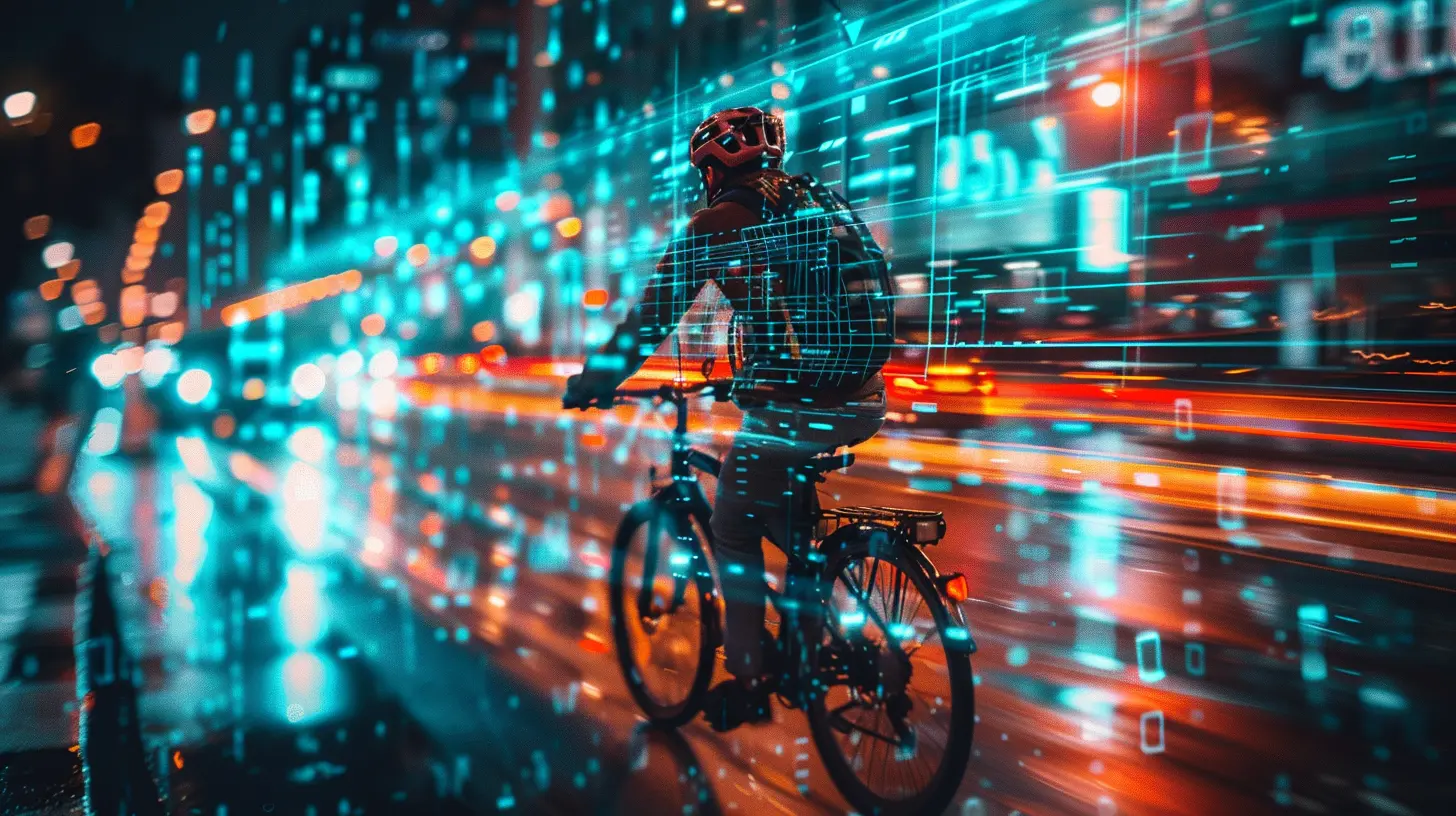
Predictive Behavior: AVs Anticipate, Humans React
Think about the last time you saw a cyclist signaling a left turn. Did you immediately know what they were about to do? Most drivers didn’t. But autonomous vehicles can instantly recognize hand signals and anticipate a cyclist’s next move.This real-time prediction is a game-changer. Instead of reacting to a sudden swerve or emergency brake, AVs are already steps ahead—adjusting speed, timing lights, or even re-routing themselves for optimal safety.
It's like Waze meets precognition. Pretty cool, right?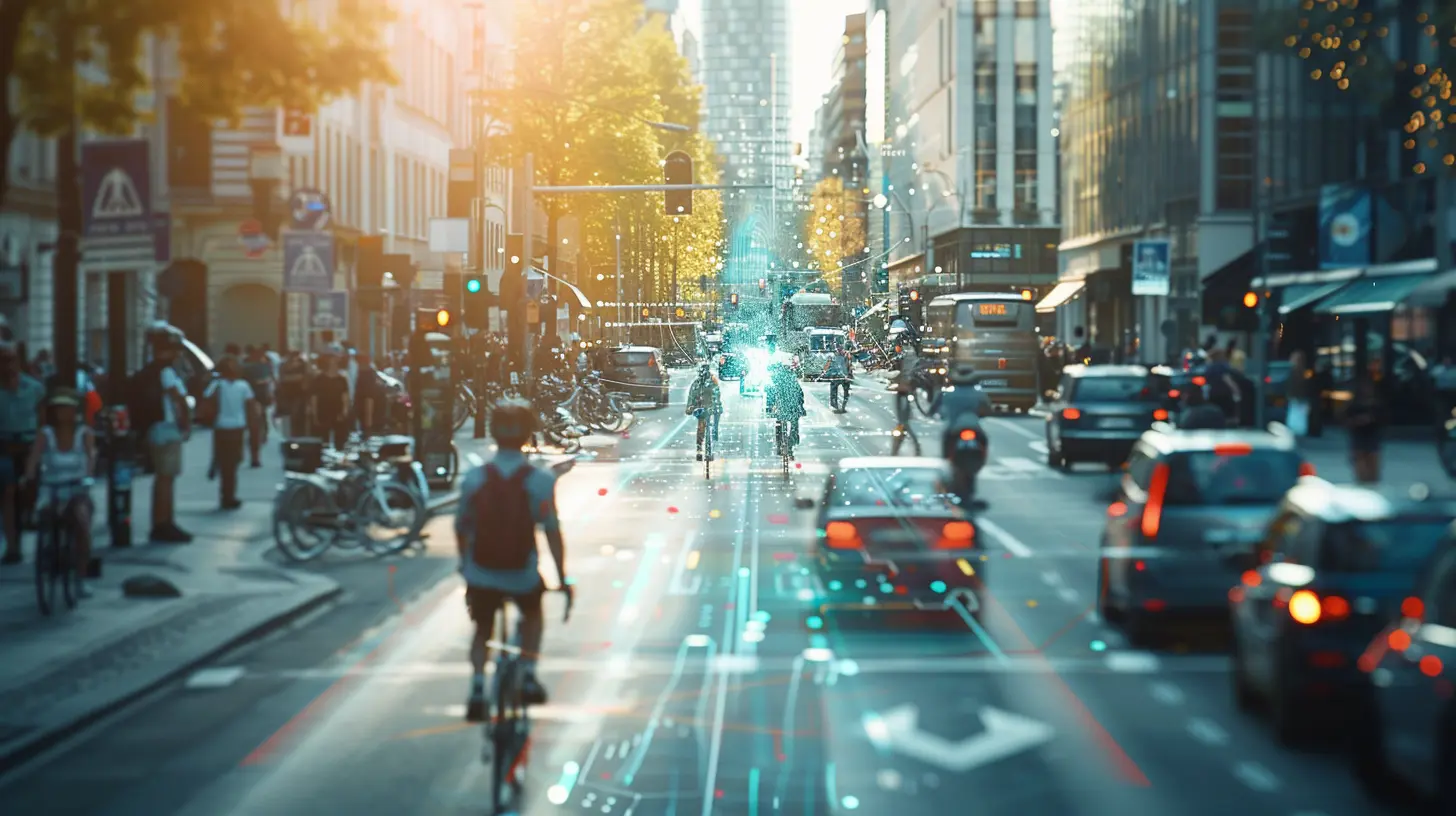
No More Blind Spots or Distractions
One of the most dangerous scenarios for cyclists? Getting caught in a driver’s blind spot—especially when a car makes an unexpected right turn. AVs eliminate these blind spots entirely.The car “sees” everything around it, 360 degrees, all the time. And unlike humans, it never blinks, never checks Instagram, and never zones out in traffic.
Real-World Example: Tesla, Waymo, and Cruise
Companies like Tesla, Waymo (by Google), and Cruise (by GM) are already road-testing AVs with cyclist safety in mind.- Waymo’s AVs can detect cyclists from half a city block away and track their movement with inch-level accuracy.
- Tesla’s Autopilot uses a blend of radar and neural networks to identify and avoid bikes, even in complex intersections.
- Cruise is building in real-time cyclist prediction models to ensure extra buffer space and safe stop thresholds.
These innovations aren’t just happening in labs—they’re already on public roads.
Boosting Confidence for Cyclists
Let’s be honest: a lot of people don’t ride bikes because they’re scared. And who can blame them? In many cities, cycling feels like a high-risk sport.But imagine how different your commute would feel if every car around you operated with robotic precision—always giving space, always stopping in time, always aware of your presence.
You’d ride with confidence, not fear. That’s the kind of shift autonomous vehicles could bring.
Encouraging More People to Ride
When roads feel safer, more people hop on bikes. It's that simple. More cycling means less traffic, cleaner air, and healthier communities. AVs could indirectly kickstart a cycling revolution by simply making the roads friendlier.Creating a Shared Language Between Bikes and Bots
One challenge today is communication. Cyclists and drivers rely on eye contact, hand signals, and body language. But what happens when there’s no human behind the wheel?Autonomous vehicle developers are working on external displays and audio cues that can “talk” to cyclists—like LED messages that say “Waiting for you to cross” or directional arrows showing which way the car intends to go.
It's like giving the car a voice and making sure cyclists know they’ve been seen.
Infrastructure Upgrades: AVs and Smart Cities
Here’s where it gets even more futuristic. AVs work best with smart infrastructure—think sensor-filled intersections, adaptive traffic lights, and real-time data sharing between vehicles and city systems.In these environments, cyclists aren’t left out. AVs can receive signals from bike sensors or connected apps that alert them to nearby riders before they’re even visible.
In the future, your bike might be as “smart” as the car next to you.
The Ripple Effect on Policies and Road Design
As AVs become widespread, expect a redesign of urban planning to reflect this shift. We’ll likely see:- Dedicated cycling lanes with AV-compatible sensors
- Revised traffic laws prioritizing non-motorized transport
- Car-free zones in city centers
- Lower speed limits in high-cyclist areas
AVs could force cities to reimagine roads as shared, dynamic spaces—not just car corridors.
But Let’s Be Real… There Are Challenges
Of course, it's not all sunshine and smooth turns. Autonomous vehicles still face hurdles:- Edge cases (unexpected behavior from cyclists)
- Poor weather conditions impacting sensors
- AI misidentifying cyclists or their actions
The tech is still evolving—and while it's promising, it's not flawless. That’s why many experts are pushing for rigorous testing, cyclist-inclusive design, and transparent safety protocols.
But hey, remember the internet in the '90s? Bumpy start, but look where we are now.
Collaboration is Key
To make this vision a reality, collaboration is essential:- Cyclists need a voice in AV policy and testing
- Tech companies must prioritize vulnerable road users in their algorithms
- Urban planners should design cyclist-friendly infrastructure from the ground up
- Governments must set clear regulations that enforce AV accountability in bike-related incidents
We’re building the future of mobility—and everyone deserves a seat (or a saddle) at the table.
Final Thoughts: A Safer, Smarter Road for Everyone
Let’s rewind. Imagine a scenario: You're biking home from work. No honking. No cars cutting you off. Every vehicle gives you a wide berth. Intersections are smooth. Traffic lights communicate with your connected bike app. You arrive home safe, calm, and maybe even smiling.That's not a pipe dream—that's the promise of autonomous vehicles for cyclists.
We're on the edge of a transportation revolution, and cyclists stand to gain big. While there’s still work to be done, the path ahead is paved with promise. And if we get this right? The roads of tomorrow could be not just smarter, but safer—for every pedal-powered warrior out there.
So, grab your helmet, pump those tires, and ride into the future. It’s looking pretty bright.
all images in this post were generated using AI tools
Category:
Autonomous VehiclesAuthor:

Kira Sanders
Discussion
rate this article
2 comments
Robert McKnight
Embrace the future—safer roads for everyone ahead!
November 20, 2025 at 1:09 PM

Kira Sanders
Thank you! Exciting times lie ahead as we work towards safer roads for all, especially cyclists!
Alyssa McAdoo
What an exciting glimpse into the future! Autonomous vehicles could truly be a game changer for cyclists, making our roads safer and more enjoyable. Imagine cruising without worry as tech takes the wheel. Here’s to brighter, safer rides ahead! 🚴♂️✨
August 8, 2025 at 2:26 AM

Kira Sanders
Thank you! I completely agree—autonomous vehicles hold great potential to enhance safety for cyclists and create a more enjoyable riding experience. Here’s to a safer future on the roads! 🚲✨


